Naked eye 3D, a technique for seeing stereoscopic images without wearing a device.
Recall the naked eye in your memory 3D:
80 After thinking of Star Wars, Princess Leia sent a 3D version of the distress signal in a blue light.

After
90, it may have been thought that Stark made Iron Man’s armor with holographic projection and touch technology.

After
00, I might think that the mysterious guest in “Spider-Man” confuses everyone’s eyes with holographic illusions.
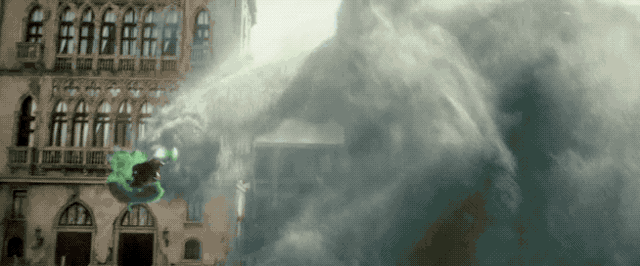 a hologram display, It allows you to see, hear, and feel 3D images directly at the same time with the naked eye. It may be closest to the “naked eye 3D” we imagined.
a hologram display, It allows you to see, hear, and feel 3D images directly at the same time with the naked eye. It may be closest to the “naked eye 3D” we imagined.
In the experimental display, a three-dimensional color butterfly is completely suspended in the air, shaking the wings slightly.

▲Abstract butterfly shown in the study. Image from: University of Sussex
Although there are only a few simple screens available, Project leader Sri Subramanian said:
It will be able to put on any display method, let us be closer to the “ultimate display” than ever before.
Can see, listen, and touch
What technologies can evoke visual, auditory, and tactile together? – Sound suspension.
Acoustic levitation, that is, using sound waves to hang to control tiny objects. Since 1940, scientists have begun to study to study acoustic suspension concept.
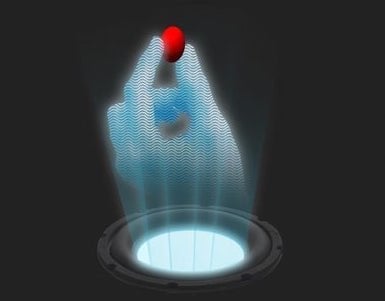
▲ The first one can apply force to the particles to make them hangFloating and manipulated acoustic holograms. Image courtesy of Asier Marzo, Bruce Drinkwater and Sriram Subramanian©2015
Until the past 10 years, this technology has been greatly improved. The acoustic system can now push and pull small particles like a sonic beam, then these small particles can be “3D printed” in our view. The object we want to see can also be displayed 360 degrees.
This is completely different from previous holographic techniques.
This new technology not only completely abandons the screen, but also does not require glasses or other instruments to assist, but directly under your eyes. It is no longer limited to specific viewers, and everyone can join this virtual world together.
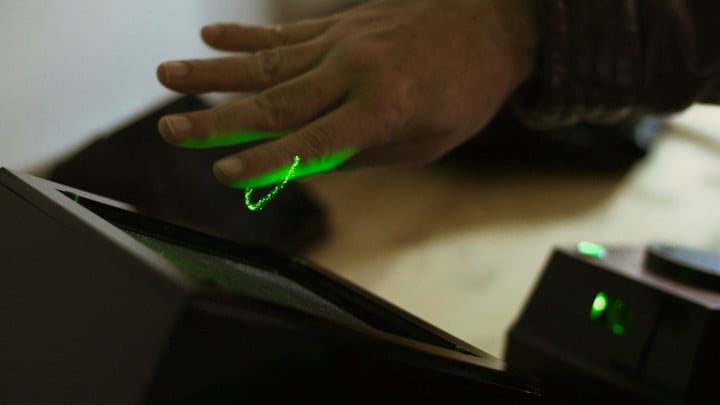
▲ Image from: Holocect
The researchers referred to this holographic device as a multimodal sound trap display >(Multimodal acoustic trap dispLay, followed by MATD).
The experiment is actually very simple.
They made a 10cm long box with 512 microspeaker arrays on the top and bottom. When these speakers emit ultrasonic waves, they can be programmed to control plastic particles smaller than sesame by vibration in the air.
Then they can control the color of the light by illuminating the suspended particles with red, green and blue light.
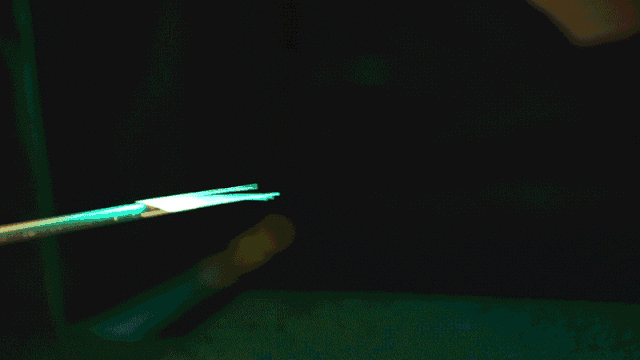
This technology is not new to the first time. The breakthrough is that it is “faster and more durable.”
The quickest thing is that it allows particles to slide vertically at a speed of nearly 9 meters per second, sliding at a speed of 3.75 meters per second. This particle processing power is superior to other optical or acoustic displays demonstrated to date. method. Last year similar to the new system researched by the University of Sussex Medium, the particles move less than one meter per second. Therefore, the display effect of MATD will be optimized a lot.
The lasting thing is that because of its extremely fast speed, it allows people to completely ignore the particles of motion inside, but only perceives continuous, evolving images, resulting in visual persistence.
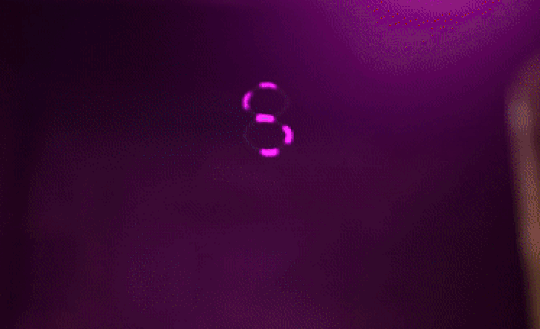
Besides being seen, it can still be heard.
By controlling multiple speaker arrays, the system produces “noise” that can be heard by the human ear, and then generates some interesting sound effects.
Mad co-founder Dr. Diego Martinez Plasencia said:
Even if we don’t hear the ultrasound, it is still a mechanical wave that transfers energy through the air. When we focus on this energy, we can produce audio to stimulate your ears.
Ultrasonic is also the reason why it gives people a real touch.
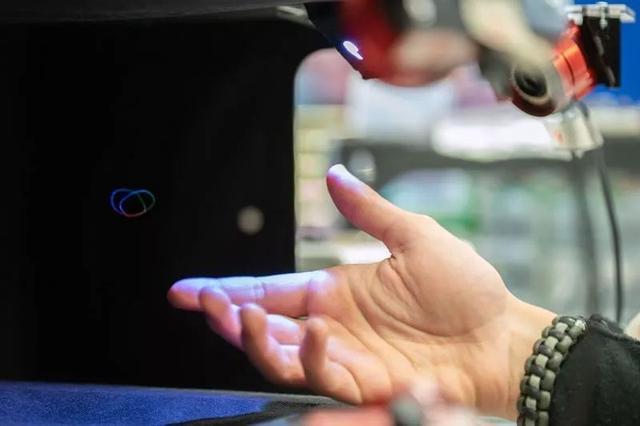
When the speaker concentrates the vibration at a point, your hand touches it up and you have the feeling of “bounce”. For example, if you touch the butterfly in the show, your fingers will feel trembling. In the future, this will bring more people’s interaction with 3D images.More tactile feedback.
The researchers have demonstrated this “magic” process many times:
They let a smile grow with We Will Rock You; they use several running programs to manipulate the suspended particles in the air; they create an audio-visual countdown timer that users can click directly on the hologram display. Start and stop – hearing, touch, appear together with the visual display.
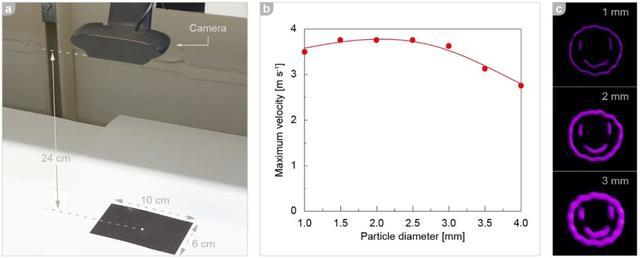
What can we do when we are “naked”
When 3D images are no longer just content that can be viewed, when they are more and more similar to real objects, when viewers can participate and interact with them, this “perception” is that MATD is better than other holograms. The most unique advantage of technology.
You may easily think of the scene in “Black Mirror” – after waking up one day, the person you want 3D to project will be 360-degree, and smile and tell you good morning. You may be able to hug, maybe not, but when you get out of the house, he or she can at least turn around and say goodbye to you.
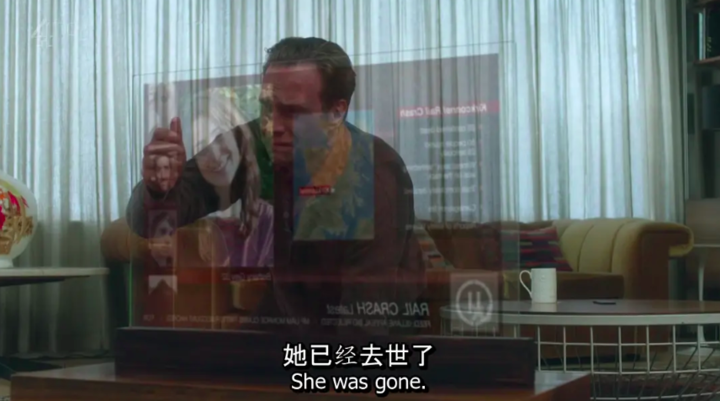
▲ Image from: “Black Mirror”, only for schematic illustration
It’s just that “all-perception” is not yet possible. At present, this kind of interaction technology that brings the sense of touch to 3D sports is more suitable for use as a visualization tool.
The research team says, it will be great for professionals working in biomedical, design or construction s help. For example, the surgeon uses it for internship training, and operates the catheter through the blood vessels of the heart.
Daniel Smalley, associate professor of electrical and computer engineering at Brigham Young University, said:
If you have a million movable particles, you can even create a face that is out of the way for remote face-to-face interaction.
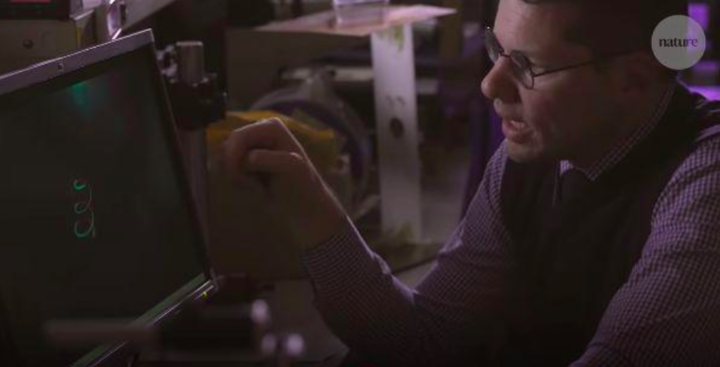
▲ Daniel Smalley
Project leader Sri Subramanian points out that it can manipulate objects without touching objects, and can mix chemicals in the lab without contaminating chemicals for precise drug or chip experiments.
Enlarged, visualizing aerial data will also be a part we can look forward to. Daniel Smalley believes that showing how space debris is distributed through 3D views can guide astronauts to more intuitively avoid collisions in the universe.
After all, there are now more than 20,000 pieces of debris larger than 10cm, which are flying over the Earth at an average speed of about 36,000 kilometers per hour. These fragments can cause for the transmission of new satellites and space missions for astronauts. Growing threats.
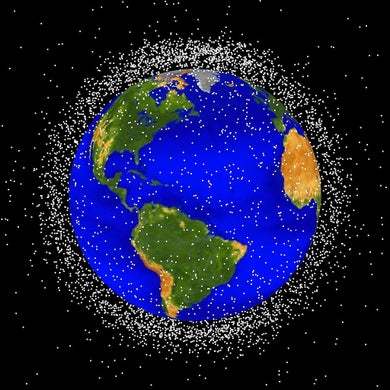
▲Space trash around the earth. Image courtesy of NASA
Although this requires a variety of techniques, the commercialization of “sound suspension” is not as difficult and sci-fi as we think.
The researchers stated that the MATD is through low cost And commercially available hardware formed, so the price is notIt is very high and anyone has the opportunity to create one in the future.
Of course, the dedicated hardware will definitely bring better performance, just like Spider-Man wearing Iron Man’s suit to become a multi-functional “fighter.”

How far is the new naked eye 3D from us?
Although many devices for generating 3D images have emerged on the market, they are not satisfactory in all respects.
TV and movie screens can view 3D images through 3D glasses, but they can’t interact; holograms on the stage can only be viewed from a specific angle; virtual reality and stereo lenses must be worn, but these devices are too heavy Or is it not easy to use, relatively light and good, and the price is not close to the people.
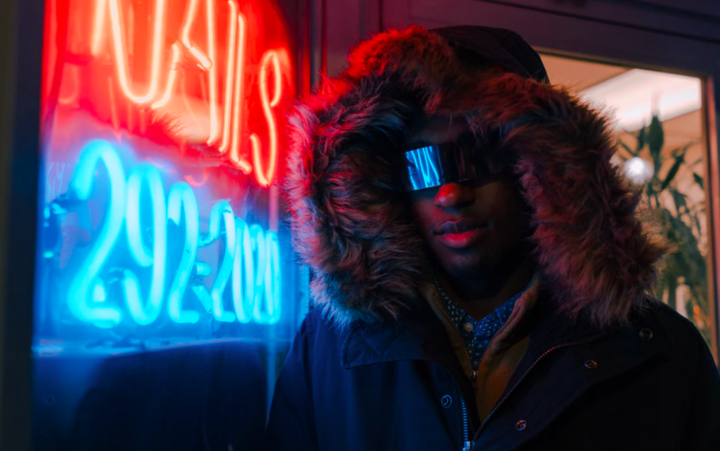
▲Image from: Unsplash
A few technologies that implement “naked eye 3D” without equipment, such as laser, electric field, fog projection, etc., if the hardware is complicated, or the image resolution is not enough, or there is a lack of standardized user interaction mode.
Although there was a previous year that allowed us to interact directly and manually 3D display Holoplayer One, but only for developers to explore how to effectively use the 3D interface.
So we are often stunned by science fiction movies for a second, and the next second is back to reality.
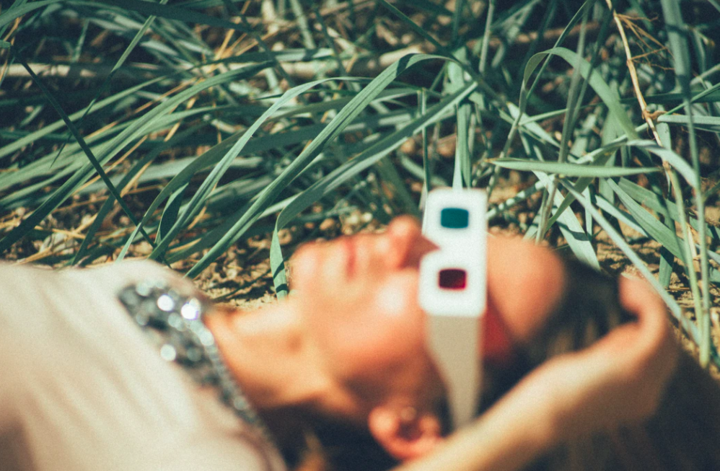
▲Image from: Unsplash
But because of the emergence of MATD, virtual reality seems to be presented againIt is a radical and credible side.
That is, there is still a lot of work to be done before this new technology enters our home.
MATD is currently only verified in the lab, showing only simple graphics, such as smiley faces, butterfly ring segments, small pyramids, and relatively complex globes that can be rotated.

If you want to present satellites around the real Earth and more detailed images, you also need to let the particles move at unimaginably high speeds because “The speed of the particles determines the size and complexity of the graphics that can be displayed.
When you interact with MATD, it may be difficult to ensure that the MATD can make accurate tactile feedback. The current tactile feedback and images are not completely coincident, and the two will form a field that interferes with each other.
The synchronization of touch and sound has also encountered this problem. As more and more ultrasound generators are used to generate sound or feedback, the researchers also found particle response will be slower, and the speed is reduced by nearly half.
Also, is it for considering whether to make this “naked eye 3”